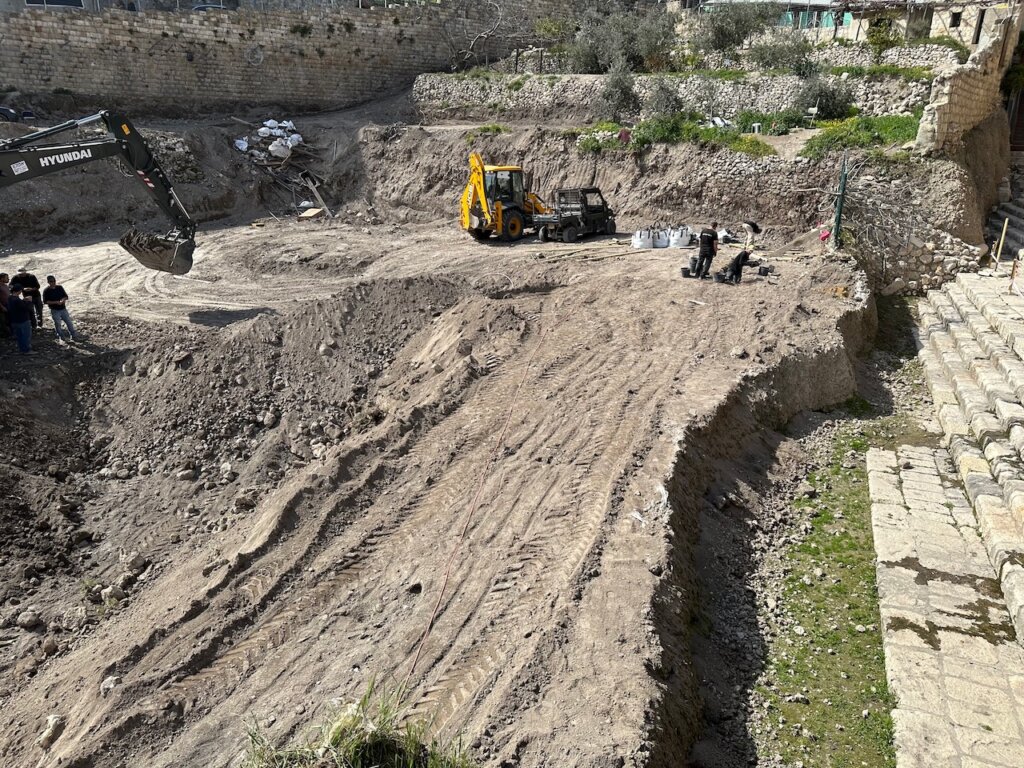According to Haaretz, the recent excavations have found no traces of the Pool of Siloam.
Chandler Collins investigates “artificial platforms of massive proportions [that] altered Jerusalem’s landscape while also destroying or concealing remains of former times.”
Google Arts & Culture’s collections include a story on the Holy Places of Jerusalem, with many large, beautiful photographs.
Bible History Daily summarizes a recent study that argues that it is very unlikely that a ring bears the name of Pontius Pilate.
Daily Mail tells the story of the Shellal Mosaic, discovered by ANZAC soldiers near Tell el-Farah (South) during World War I.
Haaretz profiles the research of Guy Bar-Oz in his efforts to study the cultural history of trees in Israel.
As Adolfo Roitman nears retirement as curator of the Dead Sea Scrolls at the Shrine of the Book, Israel21c reports on how he ended up in the position, with no museum experience or expertise in the Dead Sea Scrolls.
New episode on This Week in the Ancient Near East: “New Jerusalem Inscription Points to (Previously Known) Iron Age Spice Trade, Or, Solomon and Sheba Get Spicy?”
Hybrid conference on May 21-23: “Epigraphy in Judah: The Second International conference of the Roger and Susan Hertog Center for the Archaeological Study of Jerusalem and Judah”
The Oxford Centre for Hebrew & Jewish Studies is offering free Modern Hebrew Ulpanim courses on Zoom.
Bible Mapper continues to produce and release free maps of the biblical narrative and world:
- Israel Battles Benjamin
- Elijah Is Taken to Heaven
- David’s Mighty Men
- The Ark of the Covenant in the Promised Land
- David Defeats the Philistines in the Valley of Rephaim
If you have not entered the drawing for more than 30 prizes of the Photo Companion to the Bible, you have until tomorrow to do so. Everyone who enters receives the new “Top 50 Sites from Dan to Beersheba” PowerPoint.
HT: Agade, Arne Halbakken, Mark Hoffman, Explorator
